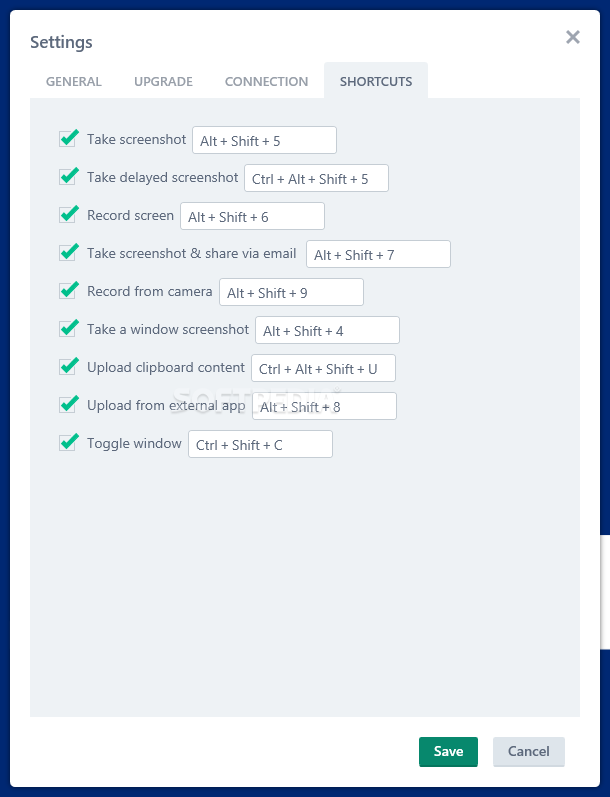
- Cloudapp power up how to#
- Cloudapp power up manual#
- Cloudapp power up full#
- Cloudapp power up windows#
The other connection scenarios require SQL authentication with user names and passwords.Īssuming that you have configured DNS in your virtual network, you can connect to your SQL Server instance by specifying the SQL Server VM computer name in the connection string.
Cloudapp power up windows#
This is the only way to use Windows authentication to SQL Server. Virtual networks also enable you to join your Azure VMs to a domain. And with a site-to-site VPN, you can create a hybrid architecture that connects VMs with on-premises networks and machines. You can connect VMs in the same virtual network, even if those VMs exist in different resource groups. Private connectivity is often used in conjunction with a virtual network, which enables several scenarios. The following example alters the previous one by adding a custom port number, 1500, to the server name: Server=.com,1500 Integrated Security=false User ID= Password=" For example, if you were to configure SQL Server to listen on port 1500 and establish proper firewall and network security group rules, you could connect by appending the port number to the server name. However, for additional security, you can avoid the well-known port 1433. Outside clients have to use the correct username and password. Server=.com Integrated Security=false User ID= Password=Īlthough this string enables connectivity for clients over the internet, this does not imply that anyone can connect to your SQL Server instance. The following connection string connects to a SQL VM with a DNS label of .com using SQL authentication (you could also use the public IP address). If the SQL Server port is 1433, you do not need to specify it in the connection string. For Developer and Express editions, you must use SQL Server Configuration Manager to manually enable the TCP/IP protocol after creating the VM.Īny client with internet access can connect to the SQL Server instance by specifying either the public IP address of the virtual machine or any DNS label assigned to that IP address. The virtual machine images for the SQL Server Developer and Express editions do not automatically enable the TCP/IP protocol.

Configures the network security group on the VM to all TCP traffic on the SQL Server port.Enables SQL Server authentication, required for public access.Configures a firewall rule to open the SQL Server TCP port (default 1433).

Enables the TCP/IP protocol for SQL Server.The portal automatically does the following steps: If you want to connect to your SQL Server database engine from the internet, select Public for the SQL connectivity type in the portal during provisioning. The following sections explain the Public and Private options in more detail. Your options for connectivity include: OptionĬonnect to SQL Server in the same virtual network.Ĭonnect to SQL Server locally on the same virtual machine. If you provision a SQL Server VM in the Azure portal, you have the option of specifying the type of SQL connectivity. The way a client connects to a SQL Server VM differs depending on the location of the client and the networking configuration.
Cloudapp power up full#
If you would rather have a full walkthrough of both provisioning and connectivity, see Provision a SQL Server virtual machine on Azure.
Cloudapp power up manual#
If you need to troubleshoot or configure connectivity outside of the portal, see the manual configuration at the end of this topic.

It covers some general connectivity scenarios and then provides steps in the portal for changing connectivity settings.
Cloudapp power up how to#
This article describes how to connect to your SQL on Azure virtual machine (VM).


 0 kommentar(er)
0 kommentar(er)
